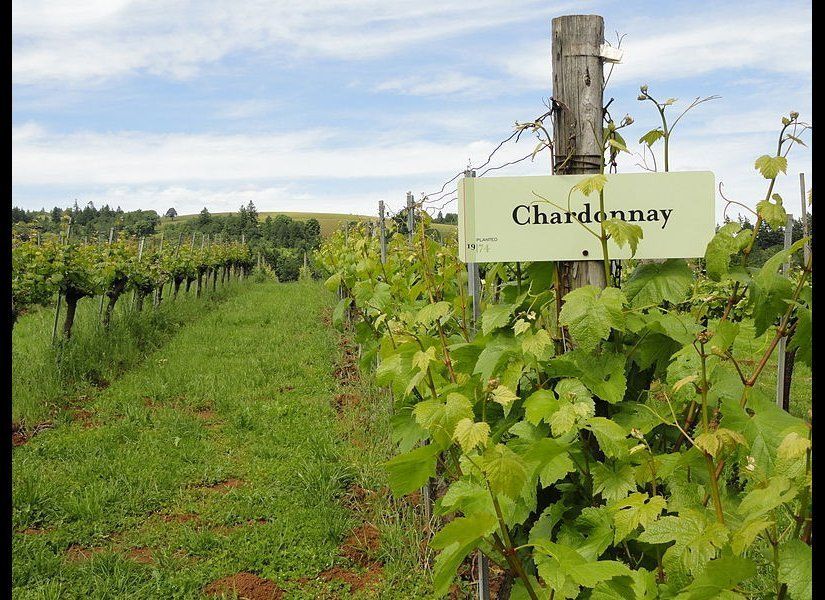The northern portion of Oregon's Willamette Valley is only an hour's drive from Portland, the state's largest city, but the 5,200 square mile swatch of wine country seems a world apart in its unhurried, scenic way.
The Willamette Valley offers a great deal more than wine, boasting acres of commercial cereal grain and grass seed crops, orchards and vegetable gardens. It's common for travelers to encounter roadside stands offering fresh fruits and vegetables for sale as well as u-pick berry patches.
The Willamette Valley AVA is a V-shaped region along the Willamette River, stretching from the Columbia River in the north to south of Eugene, home of the University of Oregon.
About 400 wineries produce an average of 4,600 12-bottle cases in the Willamette Valley each year. Experts say the best wines are rarely seen outside Oregon, which means you have to visit to find them. The industry is still so young (the region officially became an AVA in 1984) that it's not uncommon to find the owners working at their wineries.
However, the Willamette Valley's wines, in particular its Pinot Noir, have been lauded as among the top 100 wines in the world. The region's cool, mild climate produces wines layered with flavors, florals, fruit and fragrances.
In keeping with Oregon's penchant for environmental sustainability, some wineries are solar-powered, while many vineyards produce organic wine.
By LeeAnn Neal, Snooth.com
